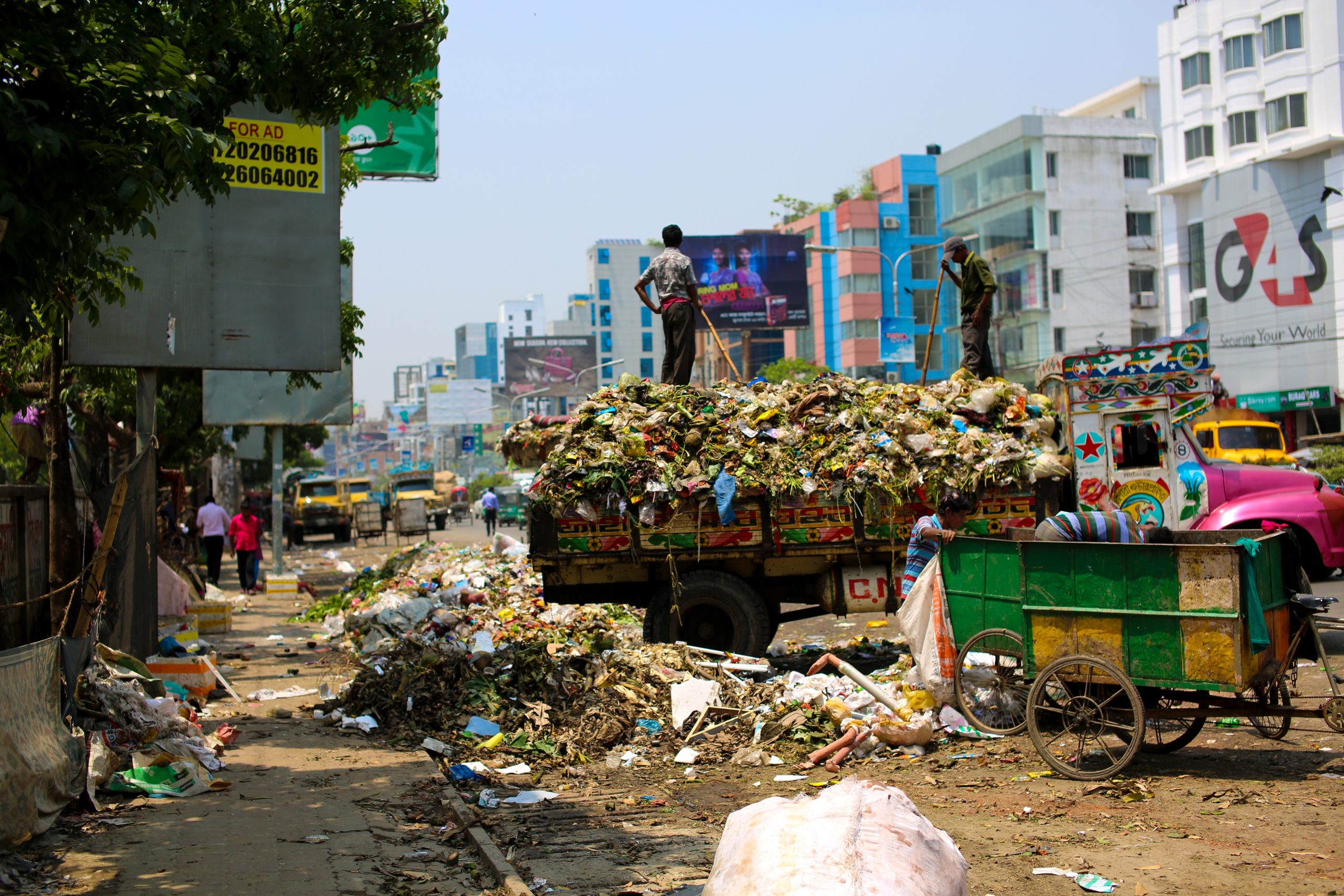The impacts of environmental problems are transboundary and interrelated; that is to say, an ecological problem originating from a region or caused by one country affects the other indiscriminately. After all, maps separate us on paper only.
More often than not, we hear of forest fires or even drought in other countries and assume that we are safe and saints since we are in a different location and our actions did not in any way cause the same problems; what we are not aware of is that these problems are not political, nor are they tailored to a particular place; they are global in nature.
And how is that possible? Let me give you relatable examples;
Wildfires in Australia may have been triggered by the Indian Ocean Dipole (IOD), the same dipole that caused heavy downpours and floods along the East African Coastal regions a few years back
Or
The infamous Deepwater Oil spill in the Gulf of Mexico spread across the Coast of Louisiana and neighboring areas in 2010.
If I had the whole day, I’d have written a page of examples, which I may decide to do later. Still, today, our focus is on the global environmental challenges, and the above instances are just part of those ecological challenges. They include;
Climate Change, Mitigation and Adaptation

According to the United Nations, global warming due to an increase in CO2 emissions is accelerating climate change, posing a threat to plants, people and animals by causing metrological disasters like droughts, floods, and wildfires. Failure to find a proper mitigation process may even fail to achieve the goal of keeping global warming at 2o C as required by the Paris Conference of 2015.
Environmental Pollution problems and their Effects on Health

The World Health Organization (WHO) estimates that over 90% of people globally breathe polluted air, with low- and middle-income countries suffering from the highest exposure. Exposure to polluted air is the cause of respiratory illnesses. When reduced, up to seven million deaths shall have been prevented yearly. On the same breath, contaminated water and lack of basic sanitation cause significant health problems such as typhoid and diarrheal diseases. Elimination of dumping, minimal use of chemicals and water treatment are some of the mitigations towards pollution.
Protecting the Oceans

The massive dumping of plastic waste threatens the aquatic ecosystem. Moreover, damage to ecosystems due to global warming, wastewater and fuel spills are responsible for marine fauna and flora extinction. The UN calls for improved management of protected areas, giving them efficient resources and reducing overfishing, pollution and acidification of the oceans caused by an increase in the earth’s temperature.
The Energy Transitions and Renewables

The energy produced globally accounts for a considerable percentage of greenhouse gases. Notably, a percentage of people still do not have access to electricity and clean energy, forcing them to depend on fossil fuels for cooking. The situation can be rectified by a transition towards a cleaner, more accessible and efficient model based on the use of renewable energy sources, hence building communities that are more sustainable, inclusive and resistant to ecological problems.
Sustainable Food Model
People depend on Natural resources for food. It is, however, almost impossible for the natural environment to support the ever-growing population. We often overexploit mother nature for food and water, putting it at risk. Also, we damage the soil and marine ecosystems through intensive food production. For Sustainability, the UN suggests that we reconsider the food habits and production models we usually use and go for a plant-based diet of indigenous ingredients to save energy and reduce carbon emissions.
Protecting Biodiversity

We have lost several animal species due to acts such as poaching, the destruction of natural habitats as well as the introduction of invasive species. To protect biodiversity, the UN calls for conclusive actions to end such threats and conserve our natural heritage and the increasingly threatened forests.
Sustainable Urban Development and Mobility

With an increase in population, there is always a need to build more residential and transport networks to accommodate everyone. This leads to clearing more vegetation cover and stretching for natural resources. With more development and concrete buildings everywhere, pollution may be inevitable, causing health problems. To ensure sustainable urban development, planners are urged to consider green spaces in their cities and use clean energy.
Hydric Stress and Water Scarcity
Water is a vital resource to both fauna and flora. The World Economic Forum insinuates that agriculture, a food production method, uses around 70% of the water used in the planet’s most arid countries. Lack of enough water can lead to death and low yields. To maintain a balance, we are encouraged to use hydrological resources for optimal food and production responsibly and to protect the biodiversity of our water ecosystems.





One thought on “Global Environmental Challenges”